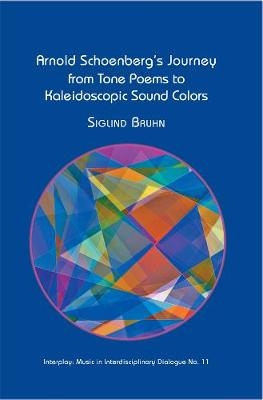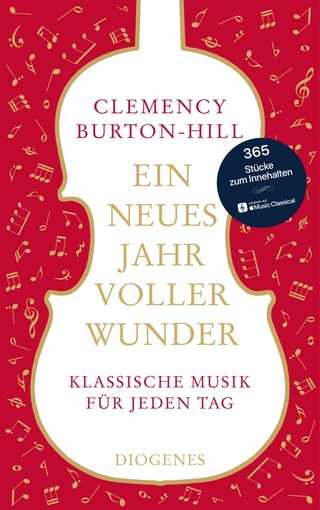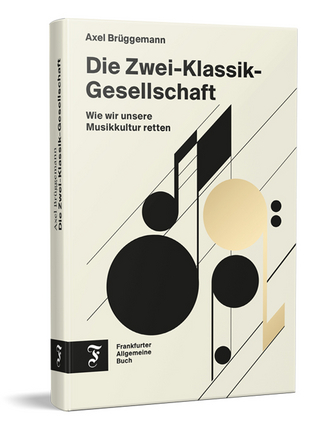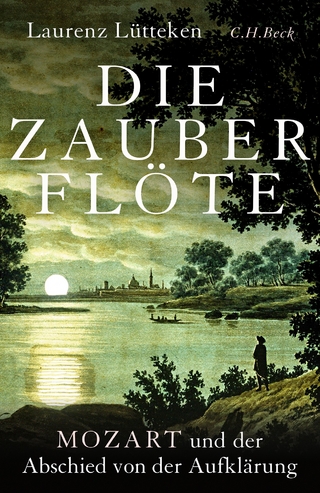
Arnold Schoenberg's Journey From Tone Poems to Kaleidoscopic Sound Colors
Seiten
2015
Pendragon Press (Verlag)
978-1-57647-248-4 (ISBN)
Pendragon Press (Verlag)
978-1-57647-248-4 (ISBN)
- Keine Verlagsinformationen verfügbar
- Artikel merken
Traces the evolution of Schoenberg's musical language during his formative years by offering in-depth analyses of eighteen significant compositions. These include works for solo piano, chamber groups, small and large orchestras, as well as vocal works with various accompaniments, an a cappella choral work, and a drama with music.
This study traces the evolution of Schoenberg's musical language during his formative years by offering in-depth analyses of eighteen significant compositions. These include works for solo piano, chamber groups, small and large orchestras, as well as vocal works with various accompaniments, an acappella choral work, and a drama with music. The developmental steps are contextualized both conceptually and with reference to the momentous socio-cultural upheaval during those years, particularly to new movements in the arts and literature in Europe. The foundation of Schoenberg's career was laid in 1899 with his string sextet Verklarte Nacht. In this work, composed in an adaptation of Wagnerian leitmotif technique, the 25-year-old composer dared to apply the idea of a non-vocal "interpretation" of a poetic text, until then restricted to piano pieces or orchestral music, to a work of chamber music. In 1914, when the now 40-year-old Schoenberg had just written his first tentative phrase comprising twelve non-recurrent pitches, he found his career put on hold, first by military service in World War I, then by the need to support his family with gainful employment, by providing transcriptions of popular composers' works. During the fifteen-year period between 1899 and 1914, Schoenberg's development was impressively broad in scope, extraordinarily fast in the sequence of its steps, and astonishingly free from influence by contemporary composers other than those who came to study with him and eventually shared his ambitions as colleagues. Inspiration came much rather from the other arts, particularly from painters and poets.
This study traces the evolution of Schoenberg's musical language during his formative years by offering in-depth analyses of eighteen significant compositions. These include works for solo piano, chamber groups, small and large orchestras, as well as vocal works with various accompaniments, an acappella choral work, and a drama with music. The developmental steps are contextualized both conceptually and with reference to the momentous socio-cultural upheaval during those years, particularly to new movements in the arts and literature in Europe. The foundation of Schoenberg's career was laid in 1899 with his string sextet Verklarte Nacht. In this work, composed in an adaptation of Wagnerian leitmotif technique, the 25-year-old composer dared to apply the idea of a non-vocal "interpretation" of a poetic text, until then restricted to piano pieces or orchestral music, to a work of chamber music. In 1914, when the now 40-year-old Schoenberg had just written his first tentative phrase comprising twelve non-recurrent pitches, he found his career put on hold, first by military service in World War I, then by the need to support his family with gainful employment, by providing transcriptions of popular composers' works. During the fifteen-year period between 1899 and 1914, Schoenberg's development was impressively broad in scope, extraordinarily fast in the sequence of its steps, and astonishingly free from influence by contemporary composers other than those who came to study with him and eventually shared his ambitions as colleagues. Inspiration came much rather from the other arts, particularly from painters and poets.
Siglind BruhnA musicologist, concert pianist, and interdisciplinary scholar whose research focuses on compositions of the 20th century. Prior to coming to the United States, she taught for ten years in Germany and at the University of Hong Kong. Since 1993 she has been a full-time researcher at the University of Michigan's Institute, USA for the Humanities (one of six "Life Research Associates"); in the fall of 2004, she was appointed chercheur permanent at the Institut d'Esthetique des Arts Contemporains at Universite de Paris 1-La Sorbonne. She has been an elected member of the European Academy of Arts and Sciences since 2001.
| Erscheint lt. Verlag | 5.8.2015 |
|---|---|
| Reihe/Serie | Interplay |
| Sprache | englisch |
| Maße | 55 x 85 mm |
| Themenwelt | Literatur ► Biografien / Erfahrungsberichte |
| Kunst / Musik / Theater ► Musik ► Klassik / Oper / Musical | |
| ISBN-10 | 1-57647-248-5 / 1576472485 |
| ISBN-13 | 978-1-57647-248-4 / 9781576472484 |
| Zustand | Neuware |
| Haben Sie eine Frage zum Produkt? |
Mehr entdecken
aus dem Bereich
aus dem Bereich
klassische Musik für jeden Tag
Buch | Hardcover (2023)
Diogenes (Verlag)
29,00 €
wie wir unsere Musikkultur retten
Buch | Hardcover (2023)
Frankfurter Allgemeine Buch (Verlag)
24,00 €
Mozart und der Abschied von der Aufklärung
Buch | Hardcover (2024)
C.H.Beck (Verlag)
28,00 €


